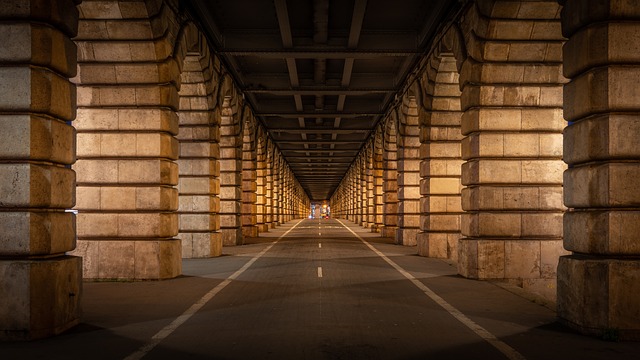Symmetry holds a quiet power in photography—an unspoken elegance that naturally draws the viewer’s eye. When paired with an understanding of layers, it becomes more than just visual appeal; it becomes a storytelling technique. This combination taps into a nearly universal sense of balance, order, and emotional resonance that we instinctively respond to. It’s no wonder that many photographers chase that perfect mirror-like reflection or that neatly bisected composition where both halves sing in visual harmony.
Layered composition, especially when infused with symmetry, introduces a deeper level of narrative to a photo. Think of it as building a scene with depth and dimension, adding not only foreground, middle ground, and background, but ensuring each strata is aligned or contrasted with intent. Your camera is more than a tool here—it’s a portal to seeing the world differently. Learning to master optics and consciously placing elements can transform an ordinary scene into a layered symphony of balance and rhythm.
One of the key aspects in achieving symmetrical layers lies in perspective. When holding your camera, observe through the viewfinder or screen how structures, people, light, and shadows fall into frame. A street scene, for instance, may hold multiple planes—a passerby in the foreground, a bicycle mid-way, and a window reflecting the sky beyond. Aligning these elements in a symmetrical flow enables the photo to breathe while maintaining compositional order.
Optics play an intimate role in how we perceive symmetry. Wide-angle lenses can exaggerate leading lines, drawing attention to centered subjects or vanishing points. Meanwhile, longer focal lengths can compress layers, making background and foreground appear closer and more unified. Understanding how lenses interact with symmetry helps you not only in capturing the scene but in bending it subtly to evoke a certain mood or tension.
As photographers, whether amateur or seasoned, we often feel a rush when discovering symmetry in the world—a moment of quiet where everything fits into place. When that symmetry is supported by intentional layering, it transforms from coincidence to artistry. It’s a tactile reminder that beauty exists in structure, and our cameras are the instruments that help us translate it into visual poetry.



